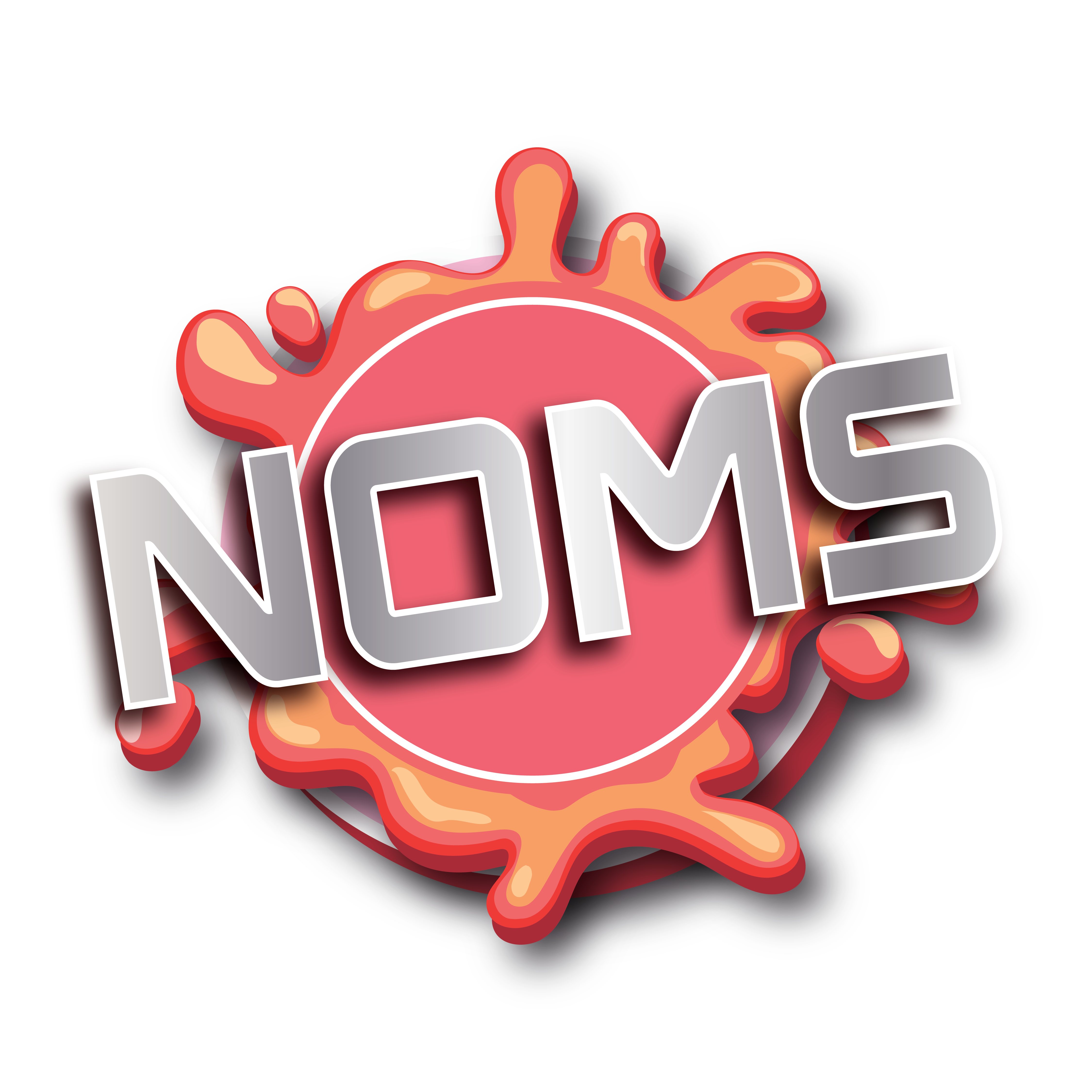Seltzer has become a sensation in the beverage industry. The Seltzer drinks are a healthy substitute for alcoholic beverages and sugary sodas since they are refreshing, effervescent, and frequently flavored with natural ingredients. Store-bought seltzers might be costly or include a lot of additives, despite their convenience. Fortunately, creating your seltzer beverages at home is simple, enjoyable, and adaptable.
This guide will cover everything you need to know about making alcoholic seltzer drinks at home, including equipment, ingredients, techniques, and delectable recipes, whether your goal is to upgrade your sparkling water, create functional beverages using herbs and botanicals, or even experiment with alcohol-free mocktails.
Seltzer: What Is It?
Seltzer, also referred to as sparkling water or soda water, is just carbonated water that has been infused with carbon dioxide (CO₂) to produce bubbles. The ideal blank canvas for a range of cocktail types, seltzer is often pure and neutral in flavor, unlike club soda (which has additional minerals) or tonic water (which contains quinine and sweets).
Click To Join Our Wholesale Program
Advantages Of Producing Seltzer At Home
1. Economic
Making flavored best seltzer drinks at home may reduce the cost of each glass to only a few cents, when a can may cost $1 to $2.
2. Eco-Friendly
You may save trash and your carbon impact by getting rid of aluminum and single-use plastic cans.
3. Adjustable
The ingredients, sweetness, quantity of carbonation, and taste are all under your control. Desire a sugar-free lavender-ginger lime seltzer? You are capable of making it.
4. Healthier Alternative
Store-bought seltzers may have hidden sugars, artificial flavors, or preservatives. All that can be avoided with homemade best seltzers.
Read About Our Certificate Of Analysis (COA)
What You’ll Need To Begin
To get started, you don’t need an elaborate kitchen or pricey appliances. What you’ll need is as follows:
Essential Equipment
1. A carbonation Device, Such As A SodaStream
These countertop gadgets utilize a reusable CO₂ cartridge to add CO₂ to water. It is generally accessible and simple to use.
2. Siphon Bottle And CO₂ Charger (Alternative Method)
A soda siphon and disposable CO₂ cartridges can be used for a more conventional or bar-style layout.
3. Advanced Do-It-Yourself Carbonation Setup Or Home Kegerator
A kegging system with a carbonation tank is effective and enjoyable for seltzer enthusiasts who wish to produce huge quantities.
4. Mason Jars Or Bottles
Flavored seltzers store well in mason jars or glass bottles (ideally swing-top).
Ingredients for Flavored popular Seltzers drinks
- Filtered water (cold water carbonates better)
- Mango, lime, berries, lemon, and other fresh fruits and juices
- Spices and Herbs (cinnamon, ginger, mint, basil, and rosemary)
- Botanical Extracts (chamomile, hibiscus, and lavender)
Honey, agave, stevia, and monk fruit are examples of natural sweeteners that are optional.
How-To Guide: Preparing Seltzer At Home
Step 1: Make The Water Carbonated
- Pour cold, filtered water into your bottle.
- Put the bottle into your siphon or carbonation equipment.
- To inject CO₂, press the lever or button. You may select light, medium, or intense fizz on the majority of machines.
Step 2: Incorporate Taste
Pour the water into a pitcher or glass after it’s bubbling, then add your flavoring ingredients. Depending on the severity, you can infuse it for a few minutes or many hours. Allow it to cool in the refrigerator for more nuanced tastes.
Step 3: Optional Strain
To keep the seltzer clean and crisp, you might wish to filter it before serving if you used fresh fruit pieces or herbs.
Step 4: Serve Cold
The ideal way to enjoy seltzer is in a cold glass with ice. Add some fresh herbs or fruit as a garnish for visual interest.
Methods Of Flavoring
1. Infusion Of Fruit
- Muddle fresh fruits, such as watermelon, citrus, or berries.
- Give it 15 to 30 minutes to rest in seltzer water.
- Strain if you would like.
2. Infusion Of Herbs And Botanicals
- Make use of fresh herbs such as rosemary, thyme, basil, or mint.
- Before adding, gently bruise herbs for a richer taste.
- Steep for at least half an hour in the refrigerator.
3. Splash Of Juice
- A spoonful or two of freshly squeezed citrus juice should be added.
- Steer clear of store-bought juices that include concentrate or extra sugar.
4. Extracts And Syrups
- For a richer flavor, homemade syrups are excellent, such as lavender honey syrup or ginger simple syrup.
- A delicate touch is added by natural extracts (rose, almond, and vanilla).
7 Delectable Recipes For Homemade Seltzer
1. One-Liter Seltzer In A Cucumber-Mint Cooler
- Five slices of cucumber
- Five leaves of mint, gently crushed
- The juice of half a lime
In the refrigerator, infuse for 20 minutes. Refreshing and ideal for the hot months.
2. One liter Of Ginger Citrus Sparkler seltzer
- One tablespoon of homemade ginger syrup (made by simmering ginger slices in honey and water)
- ½ orange juice
- To garnish, use a lemon wedge
Zesty and slightly spicy, great for digestion
3. Bliss With Berry Basil
- One liter of seltzer
- Four to five mashed strawberries or raspberries
- Two ripped basil leaves
- Lemon juice splash
Fruity, bright, and a little herbaceous. An excellent basis for a mocktail.
4. Lavender Lemon Fizz
- One liter of seltzer
- One teaspoon of handmade lavender syrup (lavender buds, sugar, and water)
- A half-lemon’s juice
- Citrusy and floral—refreshing but soothing.
5. Hibiscus Lime Cooler
- One liter of seltzer
- Half a cup of brewed and cooled hibiscus tea
- One lime’s juice
- To taste, agave syrup
Tart, colorful, and full of antioxidants.
6. Spiced Apple Sparkling
- One liter of seltzer
- Half a cup of cold cider
- A pinch of nutmeg and cinnamon
- A slice of a thin apple for garnish
Ideal for pleasant non-alcoholic drinks or fall get-togethers.
7. Tropical Cool
- One liter of seltzer
- Coconut water, 1 tablespoon
- A tablespoon of pineapple juice
- A sprig of mint to garnish
It has the flavor of a beach vacation without the alcohol.
Expert Advice For The Greatest DIY Seltzer
Make Use Of Cold Water
Compared to warm water, cold water retains CO₂ better. For optimal fizz, chill your water before adding carbonation.
Avoid Overfilling
Make room in your bottle for the expansion of gas. Untidy spills might result from overfilling.
Equipment That Is Cleaned Frequently
After usage, rinse devices and bottles with warm water. To prevent residue accumulation, deep-clean occasionally if you use fruit or syrups.
Blend Flavors Differently
Add flavor to each serving of plain water and carbonate it. This prevents sticky accidents and keeps your carbonator clean.
Shop Appropriately
Store flavored seltzer in the refrigerator in airtight containers. For optimal flavor and fizz, use within two to three days.
Exciting Variations: Go Beyond The Fundamentals
Non-Alcoholic Mocktails
Create adult-style beverages without the alcohol by combining your seltzer with fruit, spices, and herbal syrups.
Working Seltzers
To make wellness-focused drinks, add nootropics, CBD seltzer drinks, Kratom (where legal), or adaptogens.
Iced Teas With Fizziness
For a sparkling tea experience, combine cooled herbal teas (such as matcha, rooibos, or chamomile) with seltzer.
Blends Of Kombucha And Seltzer
Do you want more fizz and less sugar? To lengthen your brew and cut down on sweetness, combine kombucha and seltzer.
Aspects Of Sustainability And Health
Monitor The Levels Of Sweetener
Even organic sugars, such as honey or agave, accumulate. Use as few sweeteners as possible, or for a sugar-free option, use stevia or monk fruit.
Reuse And Recycle
For optimal sustainability, use glass bottles and mason jars, replace CO₂ cartridges, or convert to a tank system.
Whenever Possible, Go Organic
Pesticide residues can be avoided by using organic fruits and herbs, particularly when peels or zest are used.
Conclusion
Homemade seltzer drinks are more than just a fad; they’re a way of life. It’s economical, enjoyable, environmentally responsible, and gives you complete control over wht you eat. There are several options available, whether you’re looking for a light and refreshing beverage, an elegant mocktail, or a useful wellness beverage.
In order to unleash your creative side, get a carbonation machine and try out your favorite tastes. You will have a whole different perspective on store-bought seltzer after a little practice.

